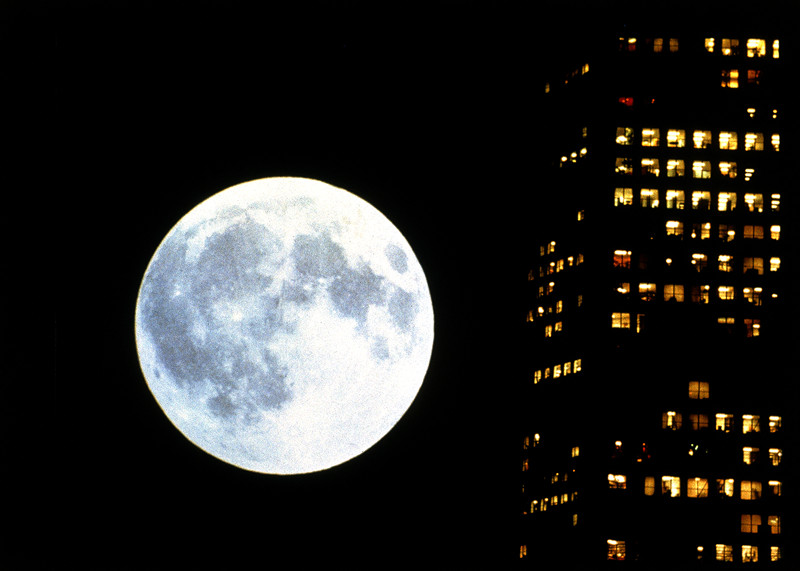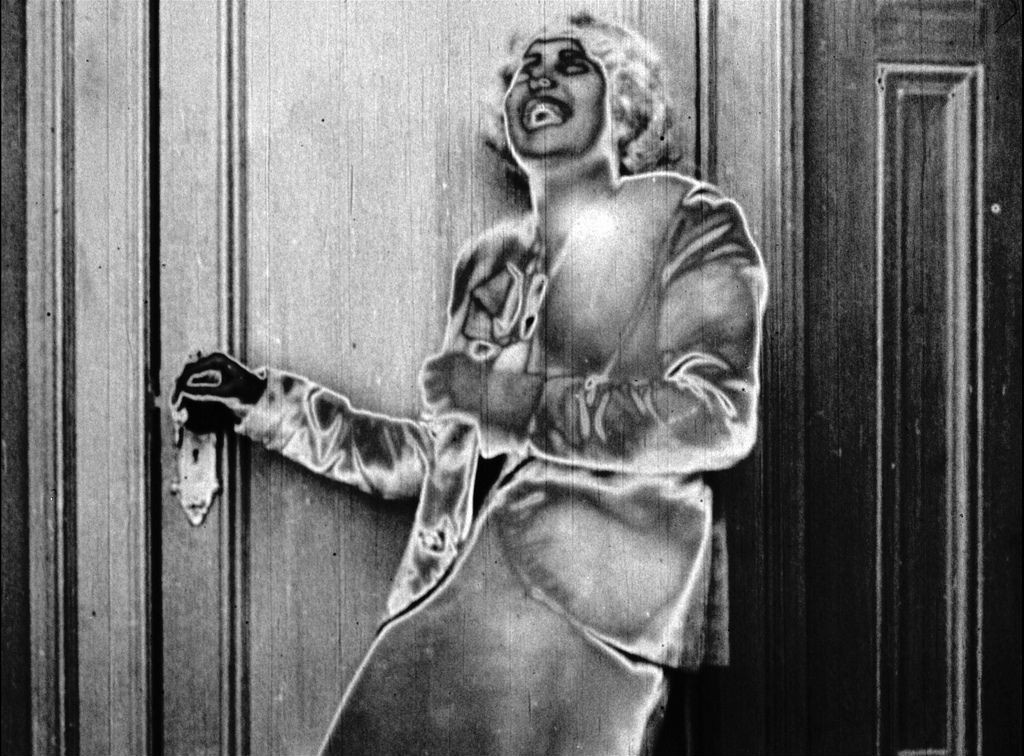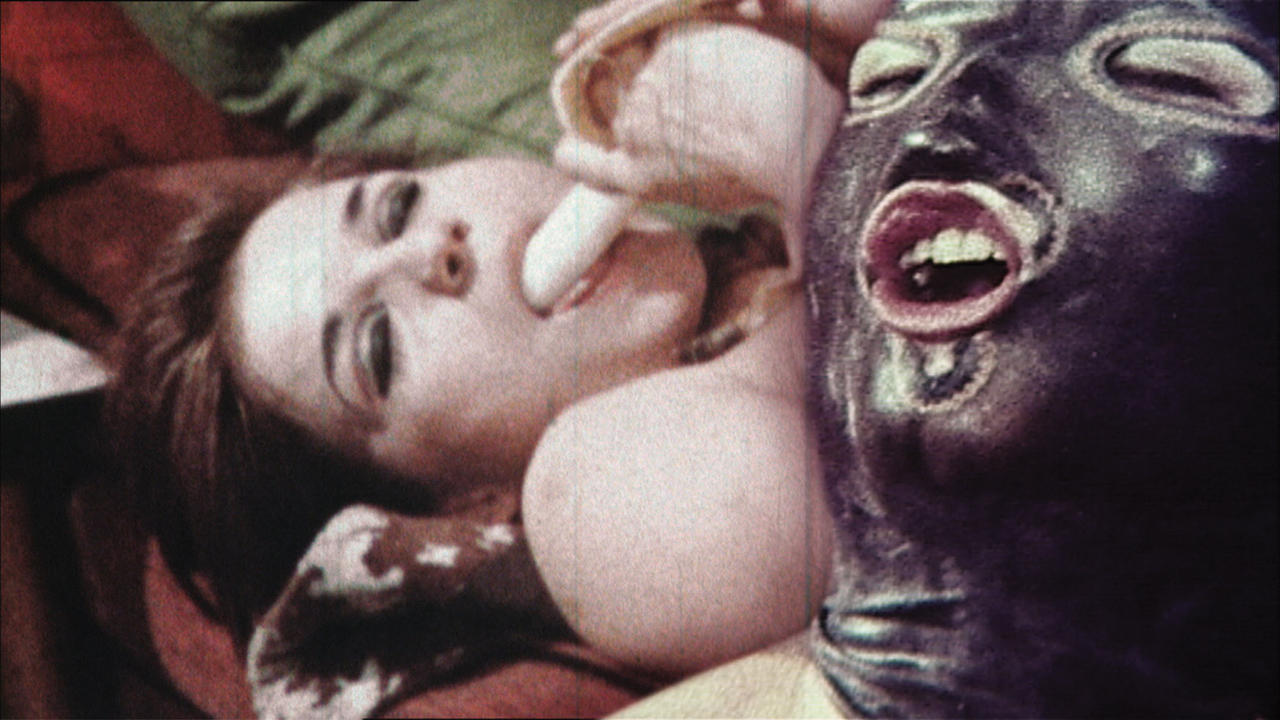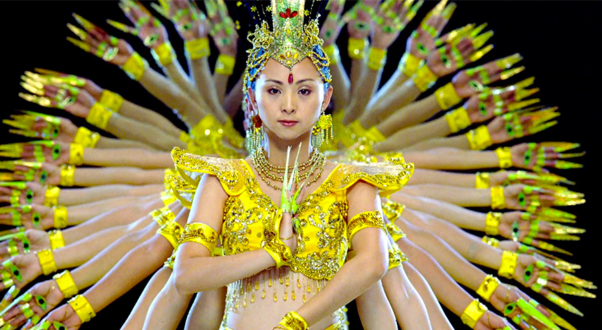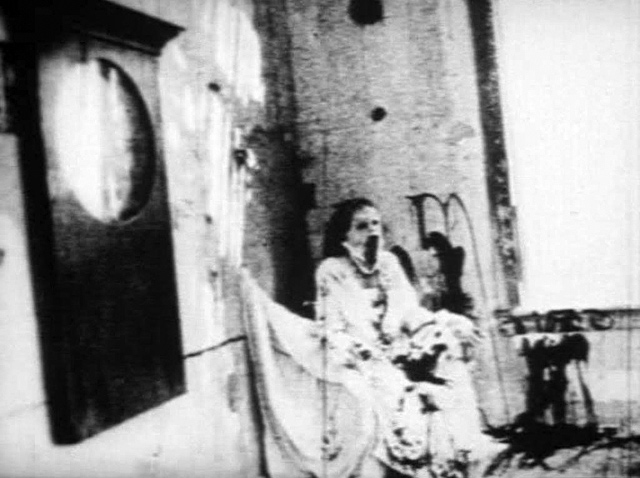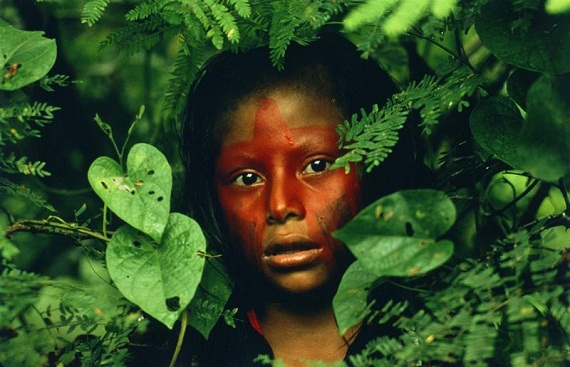Cinema has evolved into one of the most important art forms of the past 100 years. While most audience-friendly fare is characterized by an adherence to traditional narrative arc, formulaic characters, and specific genre, there is also a strong tradition in filmmaking to “break the mold” and show people something they’ve never seen before.
The following are ten films that prove that non-narrative films can still provoke just as much if not more thought and emotional stimulation that even the most manipulative narrative plot.
10. Decasia (Bill Morrison, 2002)
Director Bill Morrison’s beautiful and deeply unsettling meditation on time, death, and decay is at once haunting and deeply moving, combining films in all stages of decomposition with a searing score from composer Michael Gordon to create a cinematic experience unlike anything before it.
One could conceivable describe this movie as “non-narrative psychedelic horror” with its nitrate-based film stock bubbling, distorting and ultimately destroying the images it contains we’re inadvertently forced to consider our own mortality in the process. See Decasia if you have any interest in avant-garde cinema or non-narrative filmmaking, it’s arguably one of the best entries in both genres.
9. Bodysong (Simon Pummell, 2003)
Bodysong follows a human life from conception to death and everything in between. Watching Bodysong is like seeing one’s own life fast-forwarded and life events conceptualized into universally meaningful images, all accompanied with a hypnotic musical score from Radiohead guitarist Johnny Greenwood.
While it is devoid of traditional narrative, the employment of stock footage, microscopic photography, pornographic scenes of sex, and unsettling images of war and violence really do seem to tell a story about collective human existence. The generality of these images, and the collage it creates illustrates perfectly both the language-defying power of filmmaking and our shared human experience regardless of class, race, gender, or geographic location.
8. Samsara (Ron Fricke, 2011)
Samsara is the sequel to Ron Frick’s seminal masterpiece Baraka. This film uses Baraka’s timely message as a jump-off point to decidedly darker thematic territory, exploring humankind through juxtaposing scenes of incredible natural and cultural beauty as well as the economic and environmental consequences of the modern world.
The word “Samsara” means the wheel. Thus the locations, the editing and the cinematography all illustrate this theme of life, death and rebirth. While Frick himself has said that “we just let the image guide the flow and then we started stringing the blocks together” the thematic heavy-handedness in Samsara is palpable but nonetheless incredibly satisfying and at times deeply disturbing.
7. Begotten (E. Elias Merhinge, 1990)
E. Elias Merhinge writes, directs, and edits this experimental horror film featuring some of the most macabre, intense imagery of any film… ever. The unique look of the movie is thanks to Merhinge’s painstaking experimentation with the negative film stock used to shoot, run through multiple different processes to garner its grainy, highly contrasted images.
Begotten is devoid of dialog or any meaningful narrative drive. It’s themes are conveyed through the apparently motiveless actions of the world’s grotesque inhabitants, including a supposedly “god-like” figure in the opening disemboweling itself, only to be sexually pleasured afterwards by a nameless woman who’s subsequently impregnated.
The woman then roams the nightmarish, almost barren landscape teeming with other strange creatures that may or may not want her dead. Begotten is not light-hearted affair or for the squeamish.
6. Baraka (Ron Fricke, 1992)
Ron Fricke, the cinematographer and editor from similarly themed “Koyaanisqatsi” takes the directing helm in the epic visual poem Baraka. Here we’re transported from tribal cultures, religious ceremony, and tranquil natural beauty to teeming metropolises, roiling industry and scenes of intense poverty and human suffering. Baraka is one of the best non-narrative films of all time because of the incredible power it manages to convey without a shred dialog or traditional narrative.
Even 20 years after its initial release, Baraka stands as a sort of grand statement on humanity, encompassing the best and worst we’re capable of. As Roger Ebert once wrote, “If man sends another Voyager to the distant stars and it can carry only one film on board, that film might be Baraka.”
